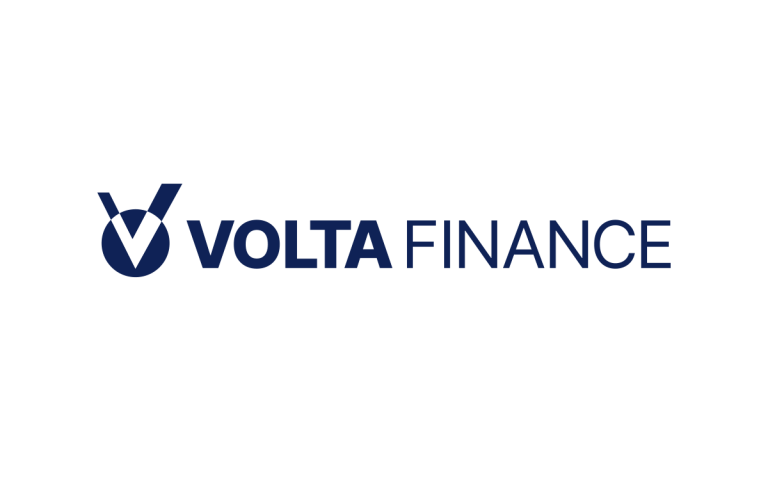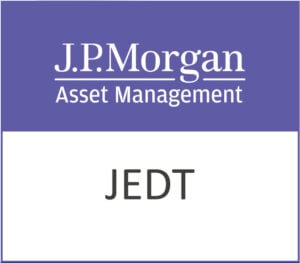In our note, Cash is king and the king is rocking and rolling, published on 16 September 2022, we examined Volta Finance Ltd (LON:VTA) success in generating cashflows at near-record levels, and looked forward, considering why defaults would rise – but not to the level then built into loan prices. We also highlighted Volta’s diversification and geographical exposure. These positive underlying features continue, and we briefly update them in this note. We also consider how investors can use the recent Report and Account (R&A) disclosure to better understand the true business drivers and that Volta’s mark-to-market accounting creates volatility around these positive fundamentals.
- Strong current position: Current cash receipts are 21.8% of NAV, reflecting low defaults (strong corporate cashflows and profitability, ability to pass on inflation to date), CLOs having low locked-in borrowing costs, CLO floating rate investments and Volta’s portfolio positioning over recent years into CLO equity.
- Resilience going forward: The rating agency’s/Volta’s/our confidence in a relatively low expected level of defaults reflects i) a strong starting position, including high cash cushions in CLO structures, ii) a preponderance of PE, iii) inflation still being friend, not foe, iv) covenant-lite documentation, and v) Volta’s diversification.
- Valuation: Volta Finance trades at a double discount: its share price is at a 15% discount to NAV, and we believe its mark-to-market (MTM) NAV still includes a further sentiment-driven discount to the present value of expected cashflows. Volta targets an 8% of NAV dividend (11.5% 2023E yield on current share price).
- Risks: Credit risk is a key sensitivity. We examined the valuation of assets, highlighting the multiple controls to ensure its validity, in our initiation note, in September 2018. The NAV is exposed to sentiment towards its own and underlying markets. Volta’s long $ position is only partially hedged.
- Investment summary: Volta Finance is an investment for sophisticated investors, as there could be sentiment-driven share price volatility. Long-term returns have been 7.3% p.a. (dividend re-invested basis) since initiation. With above-average returns on recent re-investments, the portfolio’s past six-month cashflow (annualised) yield is 21.8%. We estimate near 2x 2024 dividend cover.










































